The Ministry of Health and Family Welfare has announced the formation of an expert committee to review the implementation of the Ayushman Bharat-Pradhan Mantri Jan Arogya Yojana (AB-PMJAY).
| Ayushman Bharat Digital Mission (ABDM)
Ayushman Arogya Mandirs (AAMs) |
|---|
News Source: Business Standard
| Must Read | |
| NCERT Notes For UPSC | UPSC Daily Current Affairs |
| UPSC Blogs | UPSC Daily Editorials |
| Daily Current Affairs Quiz | Daily Main Answer Writing |
| UPSC Mains Previous Year Papers | UPSC Test Series 2024 |
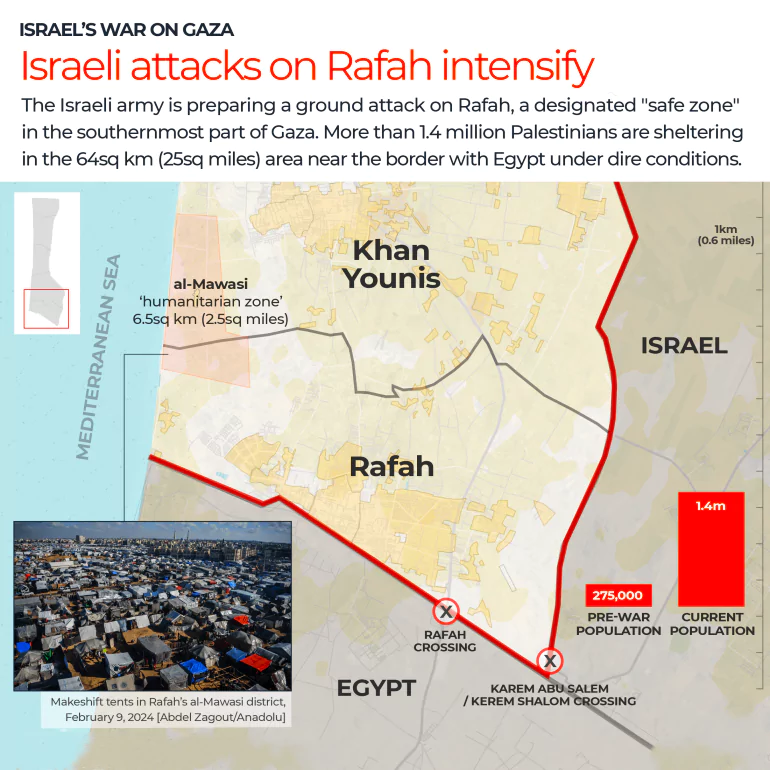
Recently, Israel approved the military’s plan for an operation in Rafah, where most of the war-battered Gaza’s population has sought refuge.
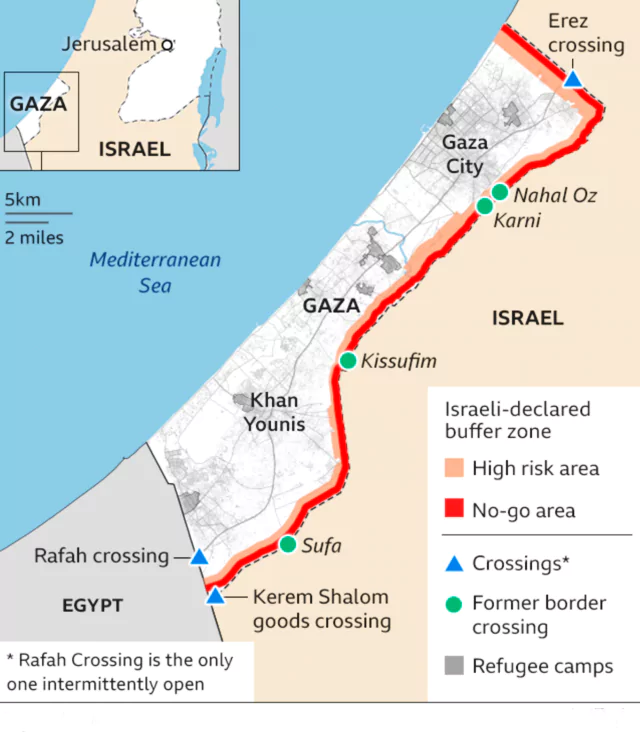
| Must Read | |
| NCERT Notes For UPSC | UPSC Daily Current Affairs |
| UPSC Blogs | UPSC Daily Editorials |
| Daily Current Affairs Quiz | Daily Main Answer Writing |
| UPSC Mains Previous Year Papers | UPSC Test Series 2024 |
Gyanesh Kumar and Sukhbir Singh Sandhu were appointed Election Commissioners by the President of India on the recommendation of a high-powered panel chaired by the Prime Minister.
News Source: The Hindu
| Must Read | |
| NCERT Notes For UPSC | UPSC Daily Current Affairs |
| UPSC Blogs | UPSC Daily Editorials |
| Daily Current Affairs Quiz | Daily Main Answer Writing |
| UPSC Mains Previous Year Papers | UPSC Test Series 2024 |
According to a paper released by the Federation of Seed Industries of India (FSII) and Sathguru Consultants, rice cultivation in India, especially using the direct seeded rice (DSR) technique, necessitates collaboration among multiple stakeholders.
Various stakeholders are;
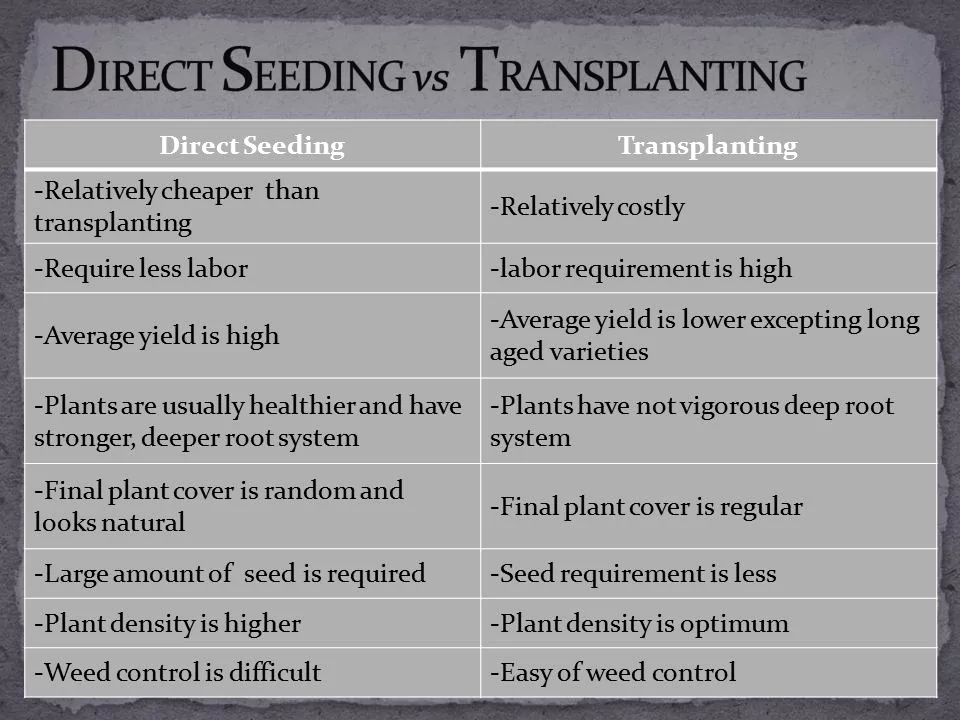
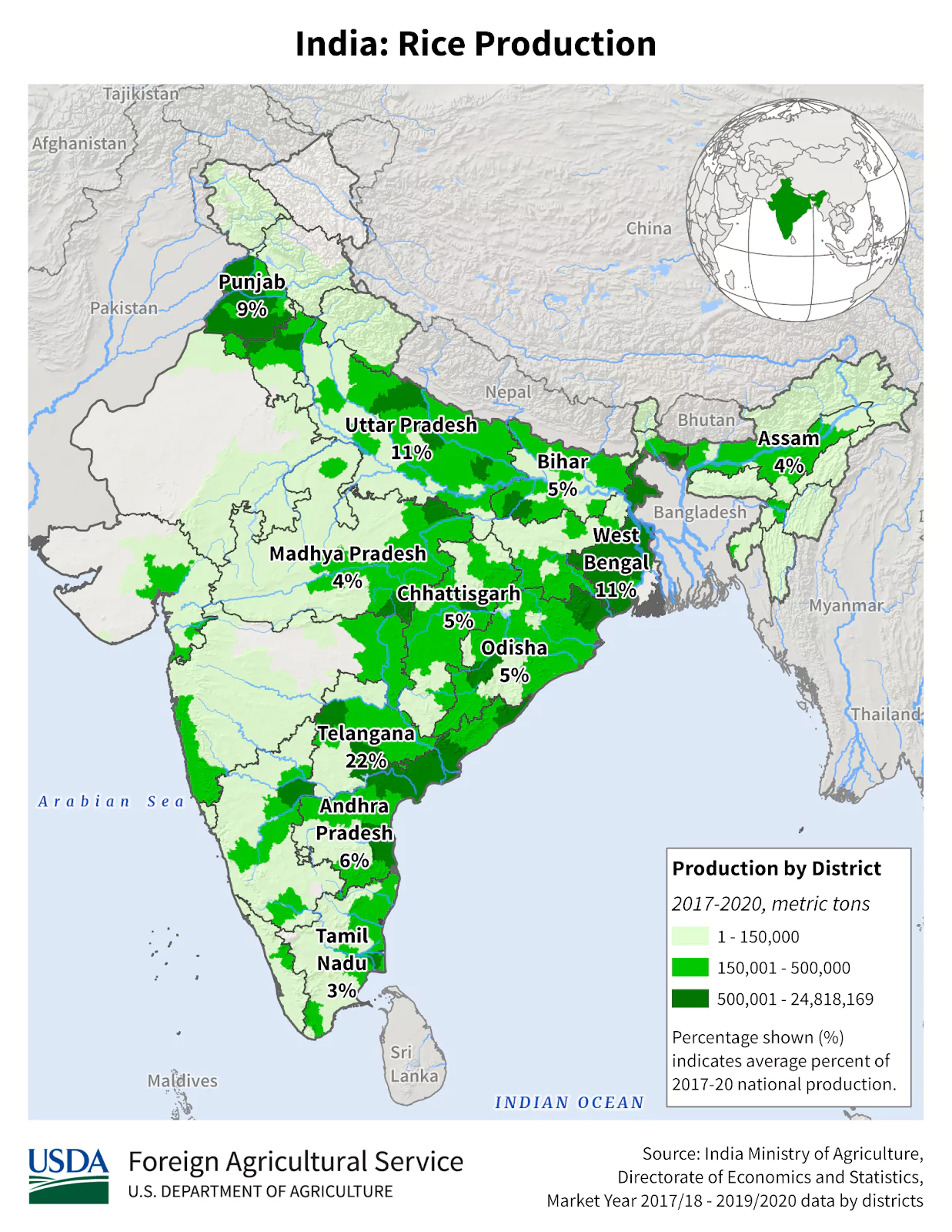
Area of Cultivation:
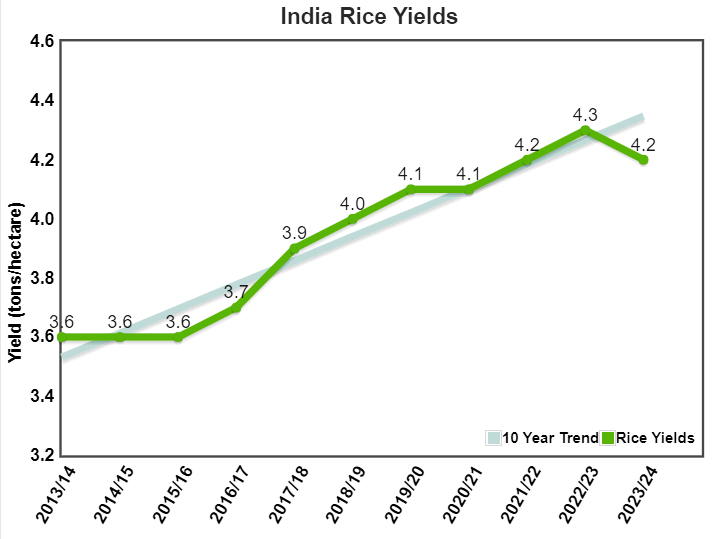
News Source: Business – standard
| Must Read | |
| NCERT Notes For UPSC | UPSC Daily Current Affairs |
| UPSC Blogs | UPSC Daily Editorials |
| Daily Current Affairs Quiz | Daily Main Answer Writing |
| UPSC Mains Previous Year Papers | UPSC Test Series 2024 |
India ranks 134th in the Global Human Development Index according to the recently released 2023-24 HDR Report by UNDP.
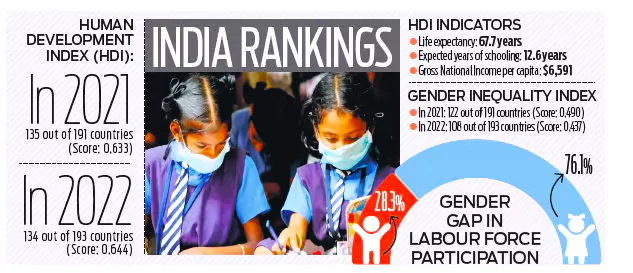
To break through the current deadlock and reignite a commitment to a shared future:
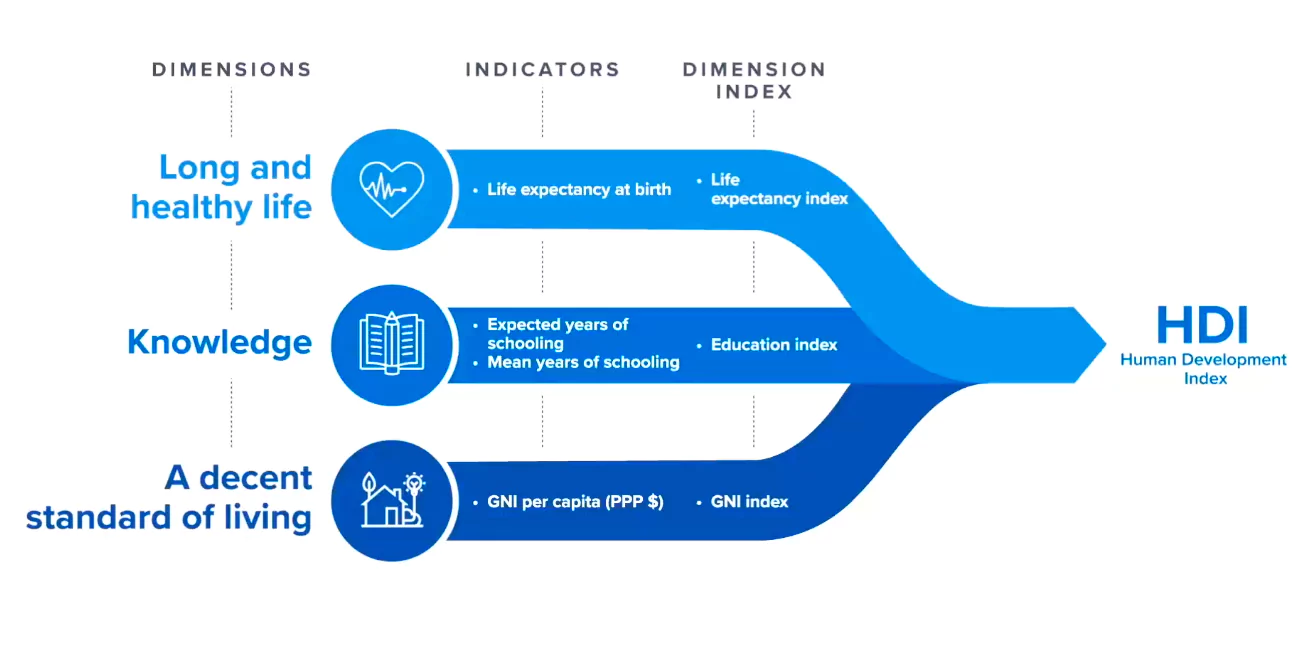
News Source: TheHindu
| Must Read | |
| NCERT Notes For UPSC | UPSC Daily Current Affairs |
| UPSC Blogs | UPSC Daily Editorials |
| Daily Current Affairs Quiz | Daily Main Answer Writing |
| UPSC Mains Previous Year Papers | UPSC Test Series 2024 |
Recently, Six properties were added to India’s Tentative List by the UNESCO World Heritage Centre.
Gwalior Fort
|
|
The Historic Ensembles of Dhamnar
|
|
The Bhojeshwar Mahadev Temple, Bhojpur
|
|
Rock Art Sites of the Chambal Valley (Serial Nomination)
|
|
Khooni Bhandara, Burhanpur |
|
The Gond monuments of Ramnagar, Mandla
|
Historical Background:
Architectural Complexes:
|
News Source: DD News
| Must Read | |
| NCERT Notes For UPSC | UPSC Daily Current Affairs |
| UPSC Blogs | UPSC Daily Editorials |
| Daily Current Affairs Quiz | Daily Main Answer Writing |
| UPSC Mains Previous Year Papers | UPSC Test Series 2024 |
The Cinematograph Certification Rules 2024 have been notified by the Ministry of Information and Broadcasting, Government of India to improve the film certification process.
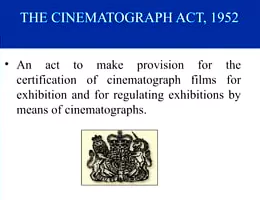
Film certification in India is governed by legal guidelines set forth by the Central Board of Film Certification (CBFC) under the provisions of the Cinematograph Act, of 1952.
The Central Board of Film Certification (CBFC)
|
|---|
These guidelines provide five objectives for film certification under the Act:
(a) The medium of film remains responsible and sensitive to the values and standards of society.
(b) Artistic expression and creative freedom are not unduly curbed.
(c) Certification is responsive to social changes.
(d) The medium of film provides clean and healthy entertainment.
(e) The film is of aesthetic value and cinematically of a good standard
News Source: PIB
| Must Read | |
| NCERT Notes For UPSC | UPSC Daily Current Affairs |
| UPSC Blogs | UPSC Daily Editorials |
| Daily Current Affairs Quiz | Daily Main Answer Writing |
| UPSC Mains Previous Year Papers | UPSC Test Series 2024 |
Recently, The Government of India mooted to launch a platform for trading e-waste responsibility certificates.
E-waste
|
Extended Producer Responsibility (EPR)
|
|---|
News Source: Business Standards
| Must Read | |
| NCERT Notes For UPSC | UPSC Daily Current Affairs |
| UPSC Blogs | UPSC Daily Editorials |
| Daily Current Affairs Quiz | Daily Main Answer Writing |
| UPSC Mains Previous Year Papers | UPSC Test Series 2024 |
Renewed clashes in the eastern Democratic Republic of Congo (DRC) have exacerbated the already dire humanitarian crisis in the region.
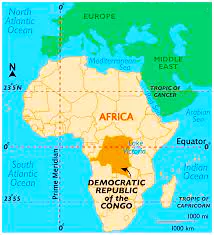
Congo Crisis
|
|---|
| Must Read | |
| NCERT Notes For UPSC | UPSC Daily Current Affairs |
| UPSC Blogs | UPSC Daily Editorials |
| Daily Current Affairs Quiz | Daily Main Answer Writing |
| UPSC Mains Previous Year Papers | UPSC Test Series 2024 |
This Article is based on the news “Jaishankar to China: It’s in our common interest not to mass troops at the LAC” which was published in the Indian Express. China has lodged a diplomatic protest with India over the Prime Minister’s (PM’s) visit to Arunachal Pradesh, where he dedicated the newly-built Sela Tunnel to the nation.
| Relevancy for Prelims: Sela Tunnel, India China Relations, Belt And Road Initiative, China’s Maritime Expansion,and Security Challenges And Border Management In India.
Relevancy for Mains: Effect of policies and Politics of Developed and Developing countries on India and its interests. |
|---|
Background of India China Border Disputes
|
|---|
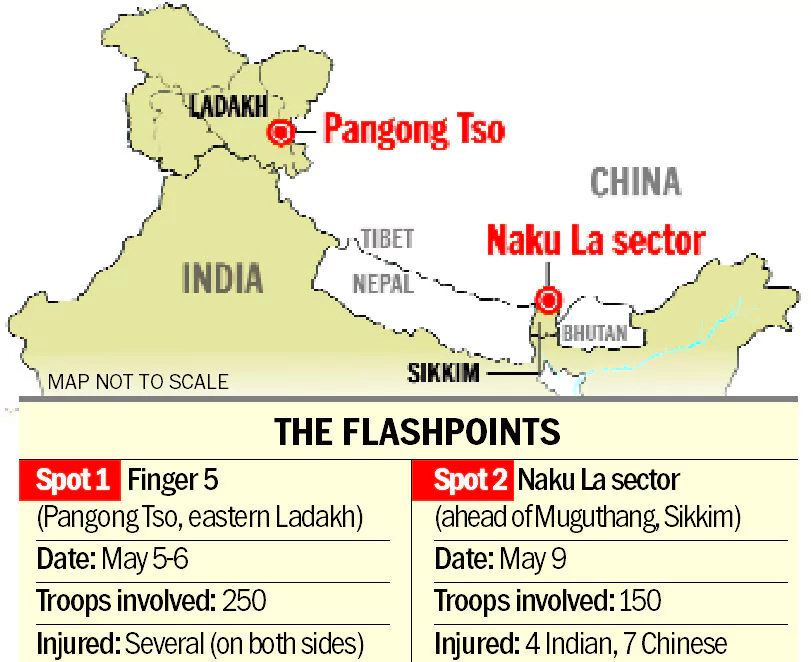 Education: India and China signed the Education Exchange Programme (EEP) in 2006 under which government scholarships are awarded to 25 students, by both sides in recognized institutions of higher learning in each other’s country.
Education: India and China signed the Education Exchange Programme (EEP) in 2006 under which government scholarships are awarded to 25 students, by both sides in recognized institutions of higher learning in each other’s country.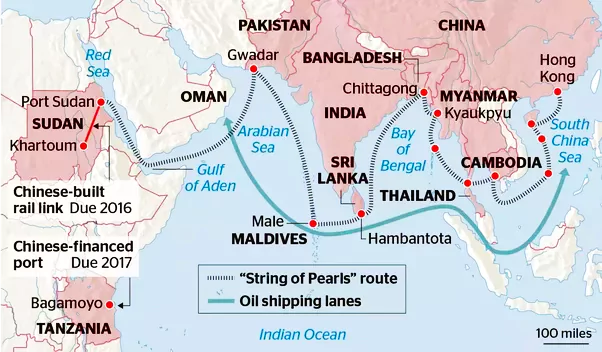
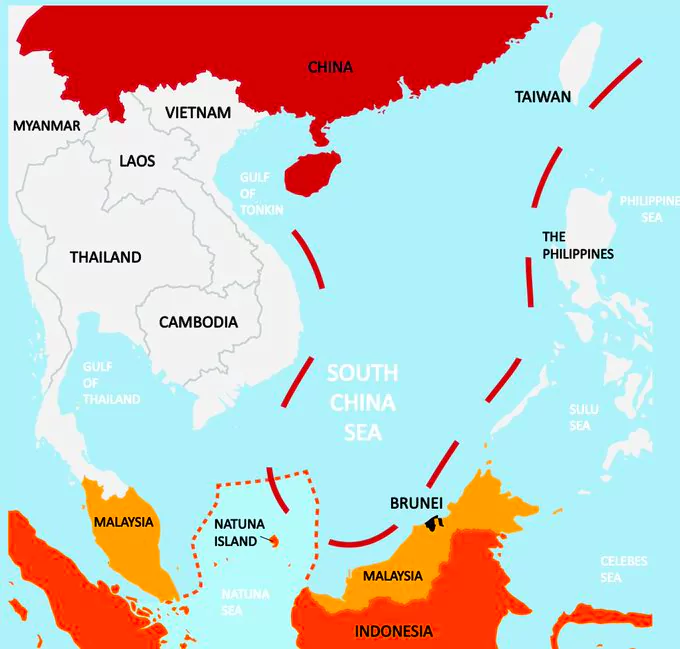
Indian Efforts to Counter Chinese Influence
|
|---|
| Prelims PYQ (2022):
Which one of the following statements best reflects the issue with Senkaku Islands, sometimes mentioned in the news? (a) It is generally believed that they are artificial islands made by a country around South China Sea. (b) China and Japan engage in maritime disputes over these islands in East China Sea. (c) A permanent American military base has been set up there to help Taiwan to increase its defence capabilities. (d) Through International Court of Justice declared them as no man’s land, some South-East Asian countries claim them. Ans: (b) |
|---|
| Must Read | |
| NCERT Notes For UPSC | UPSC Daily Current Affairs |
| UPSC Blogs | UPSC Daily Editorials |
| Daily Current Affairs Quiz | Daily Main Answer Writing |
| UPSC Mains Previous Year Papers | UPSC Test Series 2024 |
<div class="new-fform">
</div>